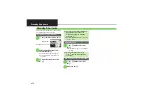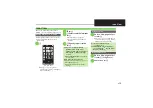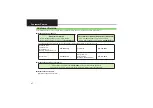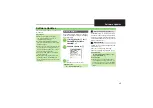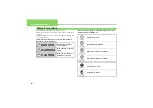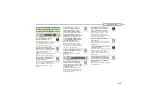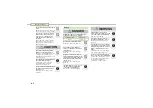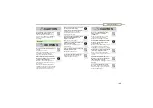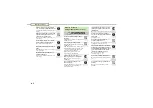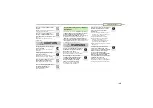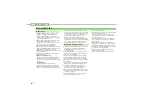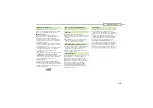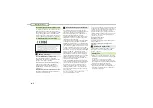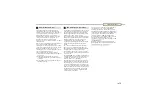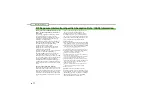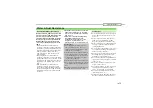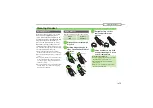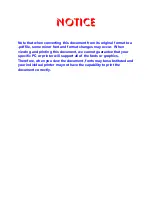
10-
10
Safety Precautions
This equipment has been tested and found to
comply with the limits of a Class B digital device,
pursuant to Part 15 of the FCC Rules. These limits
are designed to provide reasonable protection
against harmful interference in a residential
installation. This equipment generates, uses and
can radiate radio frequency energy and, if not
installed and used in accordance with the
instructions, may cause harmful interference to radio
communications.
However, there is no guarantee that interference will
not occur in a particular installation; if this
equipment does cause harmful interference to radio
or television reception, which can be determined by
turning the equipment off and on, the user is
encouraged to try to correct the interference by one
or more of the following measures:
1. Reorient/relocate the receiving antenna.
2. Increase the separation between the equipment
and receiver.
3. Connect the equipment into an outlet on a
circuit different from that to which the receiver is
connected.
4. Consult the dealer or an experienced radio/TV
technician for help.
Your handset is a radio transmitter and receiver. It
is designed and manufactured not to exceed the
emission limits for exposure to radio frequency
(RF) energy set by the Federal Communications
Commission of the U.S. Government.
The guidelines are based on standards that were
developed by independent scientific organization
through periodic and thorough evaluation of
scientific studies. The standards include a
substantial safety margin designed to assure the
safety of all persons, regardless of age and
health.
The exposure standard for wireless handsets
employs a unit of measurement known as the
Specific Absorption Rate, or SAR. The SAR limit
set by the FCC is 1.6 W/k
g
. The tests are
performed in positions and locations (e.g. at the
ear and worn on the body) as required by the FCC
for each model.
The highest SAR value for this model handset as
reported to the FCC when tested for use at the ear
is 0.40 W/k
g
, and when worn on the body in a
holder or carry case, is 0.43 W/k
g
.
Body-worn Operation; This device was tested for
typical body-worn operations with the back of the
handset kept 1.5 cm from the body. To maintain
compliance with FCC RF exposure requirements,
use accessories that maintain a 1.5 cm separation
distance between the user's body and the back of
the handset. The use of beltclips, holsters and
similar accessories should not contain metallic
components in its assembly.
The use of accessories that do not satisfy these
requirements may not comply with FCC RF
exposure requirements, and should be avoided.
The FCC has granted an Equipment Authorization
for this model handset with all reported SAR levels
evaluated as in compliance with the FCC RF
emission guidelines. SAR information on this
model handset is on file with the FCC and can be
found under the Display Grant section of
http://www.fcc.gov/oet/ea/ after searching on FCC
ID APYHRO00177.
Additional information on Specific Absorption
Rates (SAR) can be found on the FCC website at
http://transition.fcc.gov/oet/rfsafety/.
FCC Information to User
FCC RF Exposure Information


